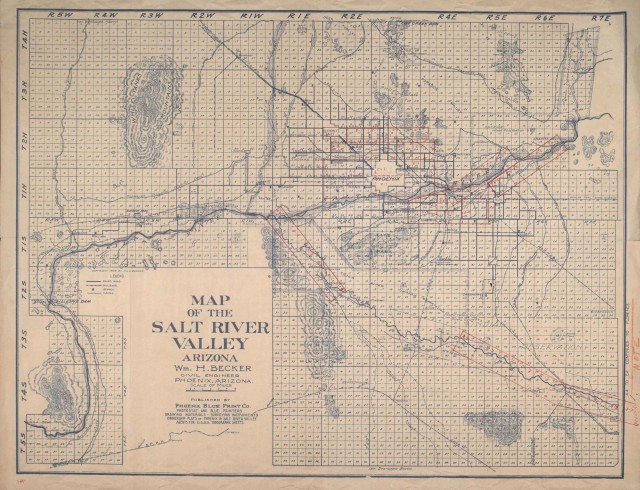Ground-Penetrating Radar at the Rillito Fan Site
Lawrence B. Conyers, University of Denver
At the Rillito Fan site, on the east bank of Tucson’s Santa Cruz River, ground-penetrating radar (GPR) reflection profiles revealed distinctive canals from the Early Agricultural period. About 75 centimeters of overburden had to be removed prior to GPR collection in this area, however, because river sediment is electrically conductive and tends to destroy radar energy with depth. Moreover, only those stretches of the buried canals containing sediment fill different from the surrounding matrix produced radar reflections.
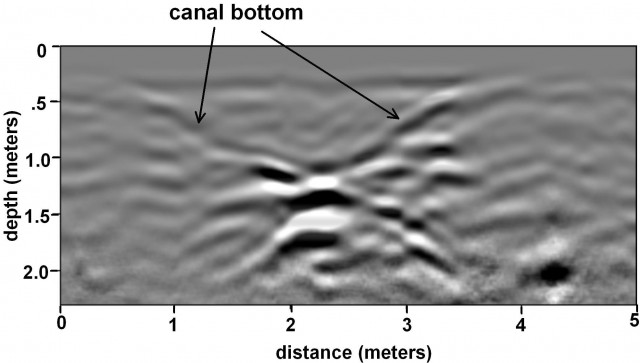
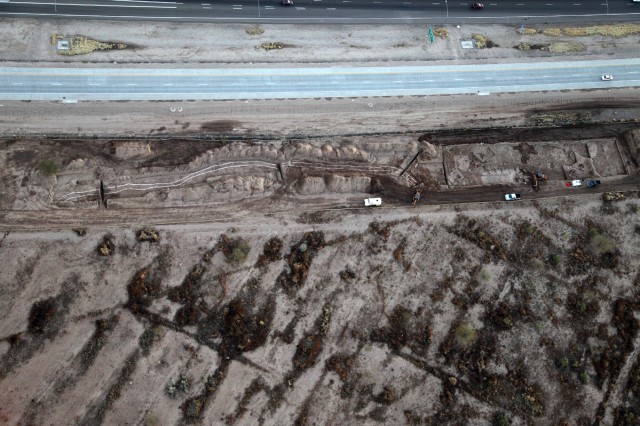
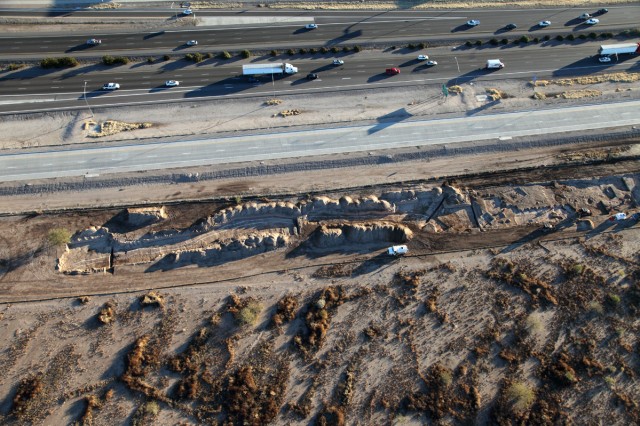
Return to Archaeology Southwest Magazine Vol. 25, No. 3.
The 1930 Aerial Survey: Prehistoric and Historic Canals in Mesa and Tempe, Arizona
The National Anthropological Archives of the Smithsonian Institution and Pueblo Grande Museum, City of Phoenix, graciously provided these three 1930 aerial survey mosaics covering Mesa and Tempe, Arizona:
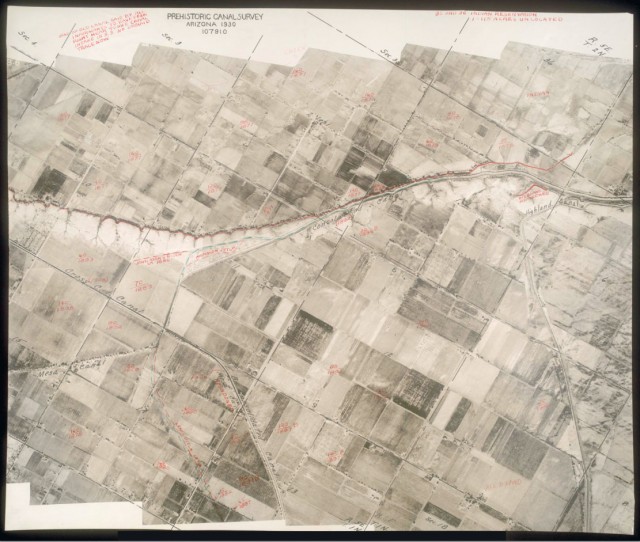
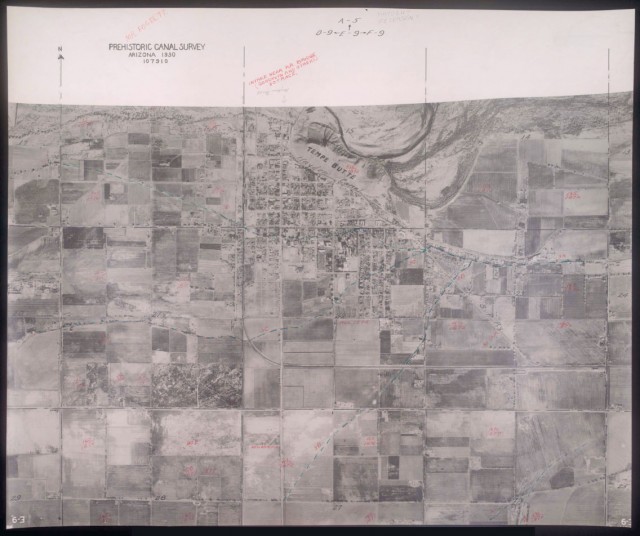
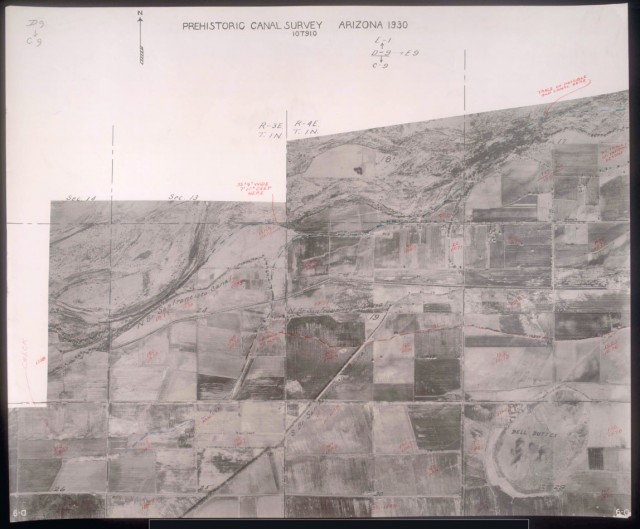
Return to Archaeology Southwest Magazine Vol. 25, No. 3.
The 1930 Aerial Survey: Survey Path Map
The National Anthropological Archives of the Smithsonian Institution and Pueblo Grande Museum, City of Phoenix, graciously provided this survey path map:
